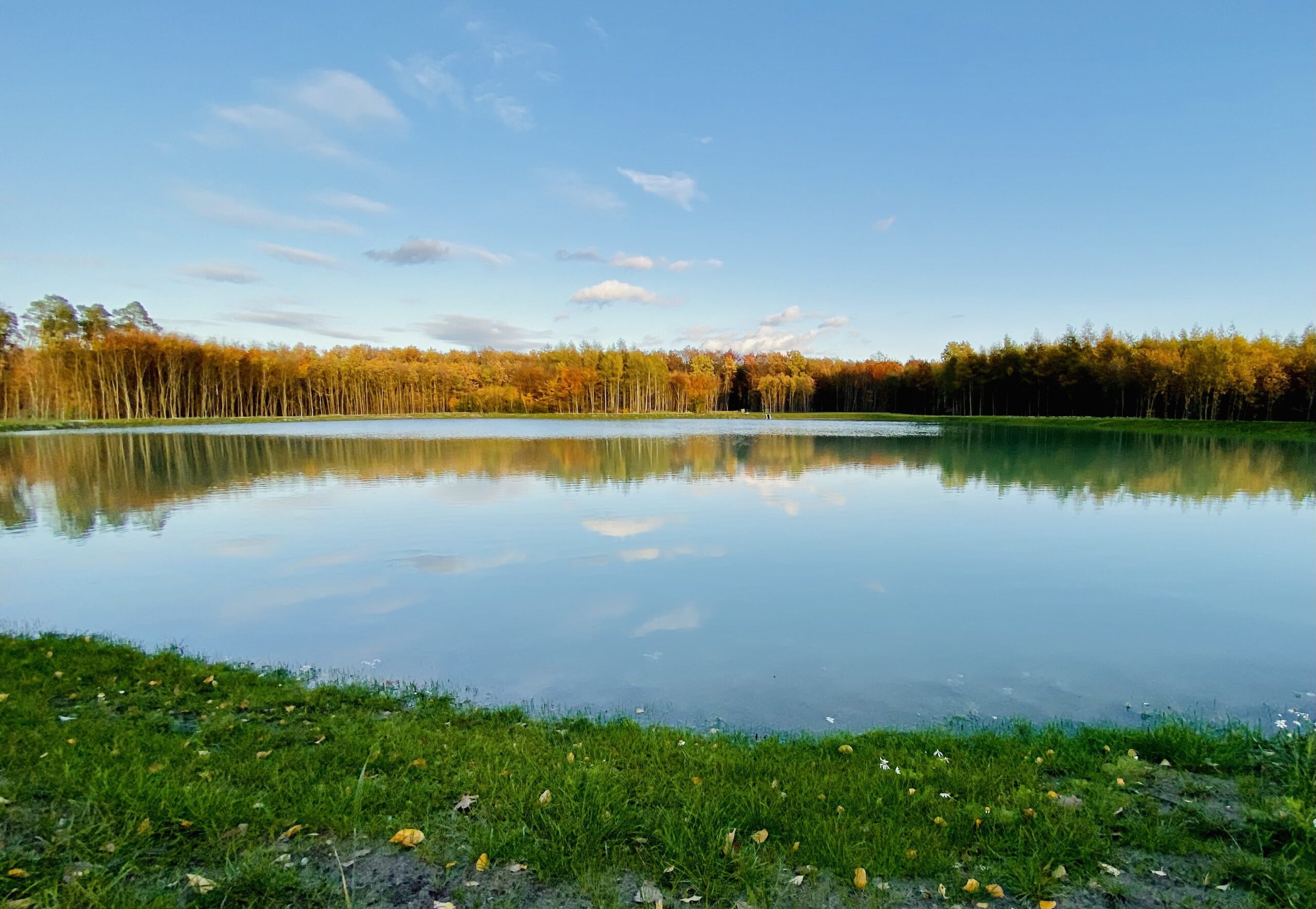
A quarry is a huge gash within the panorama, devoid of vegetation and inhospitable to most animals. Holcim, one of many world’s largest cement makers, operates greater than 800 quarries world wide, from which it extracts the limestone and different supplies it must manufacture its merchandise. In 2021, the corporate, based mostly in Zug, Switzerland, dedicated to creating its operations “nature constructive,” restoring quarries to once more have the ability to help biodiversity and slashing freshwater use in its amenities.
The corporate, which operates in additional than 50 nations, should handle these nature commitments together with its pressing efforts to scale back carbon emissions. Cement manufacturing accounts for six p.c of the world’s emitted carbon, however discovering possible alternate options for it within the building of buildings, bridges and roads is a frightening process.
Making cement after which turning it into concrete additionally consumes an excessive amount of water. And concrete manufacturing failures can produce poisonous waste.
The duty for setting Holcim’s nature technique and biodiversity dedication rests with Renata Pollini, a Brazilian sustainability professional who joined Holcim as its head of nature in 2020 (and now can be accountable for sustainable building). It was a time when European regulators have been starting to develop insurance policies to encourage companies to handle their affect on biodiversity.
“The corporate’s management understood early on that nature was the brand new local weather,” Pollini mentioned.
The Plan
After a evaluation of the corporate’s wide-ranging affect on nature, Holcim revealed a nature technique in 2021 that set targets in two areas:
Biodiversity: By 2024, it will calculate the biodiversity affect of all of its lively and non-active quarries. Then by 2030, it will enhance these measures. The measurements used a technique dubbed the Biodiversity Indicator Reporting System (BIRS) Holcim had developed with the Worldwide Union for Conservation of Nature (IUCN), a longtime companion.
Water: By 2030, it will scale back its use of freshwater by 15 p.c to 33 p.c, relying on the kind of facility. By 2026, it will make sure the water discharged from all of its amenities meets native water high quality rules in addition to the corporate’s personal requirements. Water high quality has been a difficulty in the US, the place the Environmental Safety Company lists 11 Holcim amenities with vital water-quality violations.
The Challenges
Measuring every quarry’s biodiversity
The duty to conduct the biodiversity evaluation falls on administration in every nation during which Holcim operates. The BIRS system requires them to seize particular knowledge for every ecosystem linked to a quarry.
“In a tropical forest, we’ll ask about cover measurement, whether or not the soil is naked or inexperienced, and plenty of different questions in regards to the vegetation and animals there,” Pollini mentioned. Finally, these indicators are used to create an index that displays ecosystem high quality.
Holcim has carried out a collection of coaching classes and deployed a cell app to help within the analysis. Now, with the deadline looming, Pollini is working with the laggards to finish the remaining evaluations by the top of the yr.
Reclaiming quarries to foster nature
Even earlier than a full evaluation was accomplished, the biodiversity focus modified how Holcim rehabilitated its quarries.
“As a substitute of simply planting a single sort of tree, nations at the moment are asking what mixture of bushes and vegetation will entice pollinators and foster native species,” Pollini defined. “That’s one instance of how they’ll get the next biodiversity rating.”
Lowering freshwater use
A lot of the hassle to fulfill Holcim’s 2030 water use targets, Pollini mentioned, entails utilizing non-fresh water in its operations whereas on the identical time gathering rainwater. In some instances, older gear will should be changed with fashions that use much less water.
Encouraging native models to put money into nature options
After every nation unit identifies potential steps in direction of bettering its amenities’ biodiversity and water use, native administration nonetheless has to approve the funding. Typically, when the environmental situation is probably not instantly urgent, Pollini mentioned she encourages managers to have a look at the long run. “There are many websites the place we’re withdrawing a whole lot of water however aren’t harassed at present,” she says. “With local weather change, they could be in danger in 20 years.”
These discussions are simpler at Holcim than they might be at many different firms as a result of one-third of the bonuses of its 200 high leaders are decided by how properly they meet environmental targets.
Balancing nature and local weather targets
There are occasions when attaining native biodiversity targets could take precedence over the corporate’s international concentrate on decreasing carbon emissions. In Spain, for instance, Holcim rejected a proposal to place photo voltaic panels on its land as a result of they might restrict flora from rising. As a substitute, the corporate planted quite a lot of native species that may contribute to biodiversity.
The Future
The top of 2024 shall be a crucial junction for Holcim’s biodiversity efforts. It’s dashing to finish evaluations of all its quarries; 64 p.c had been measured by the top of 2023.
As soon as these rankings are validated by the IUCN, the corporate will announce a baseline determine based mostly on its biodiversity index, and its quarry reclamation efforts will concentrate on addressing the problems and alternatives raised by the assessments.
“As soon as we now have the baseline, we will see the actions we have to take to extend our biodiversity,” Pollini mentioned. “Once we measure once more, in 2030, our objective is for the biodiversity index to be increased.”
Already, Holcim’s strategy is being validated by the rising international curiosity in biodiversity, together with the Taskforce on Nature-related Monetary Disclosures (TNFD) and the 2022 UN Biodiversity Convention (COP 15).
“Once we launched, there was no TNFD, however now we’re seeing a whole lot of developments within the nature group,” Pollini mentioned.